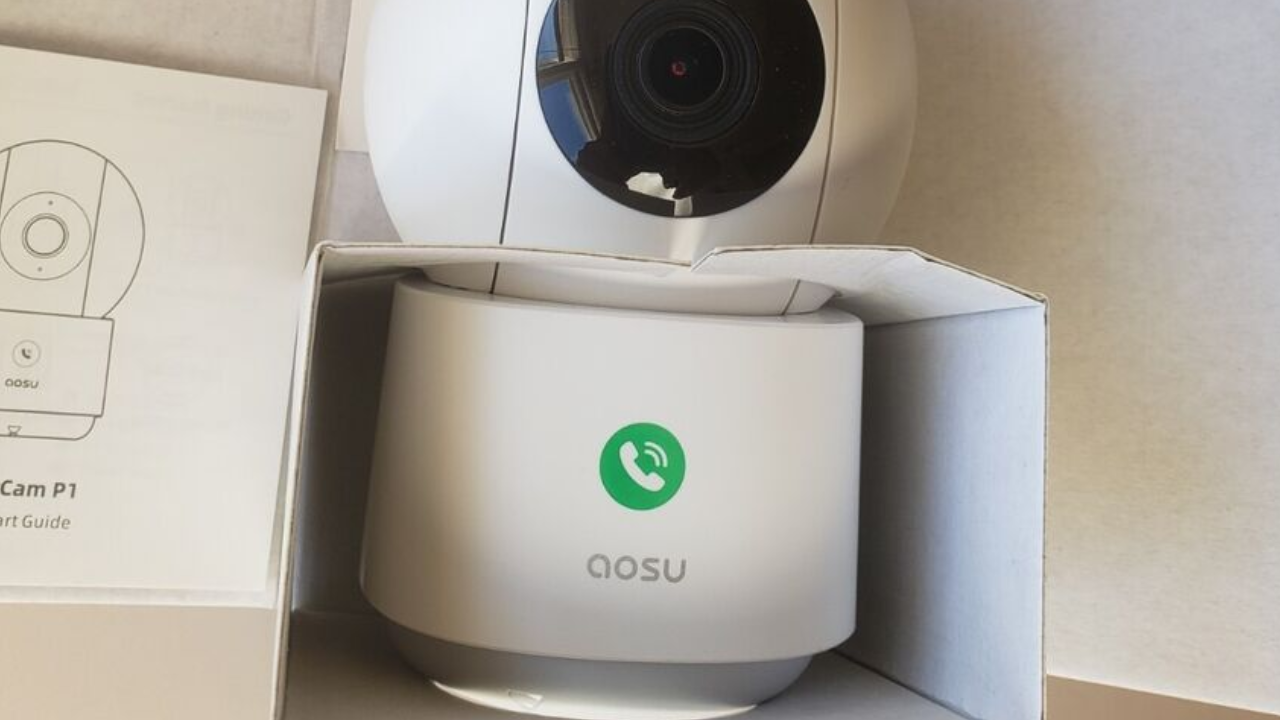Wireless security cameras offer installation flexibility, requiring no wire connections for data transmission. These cameras regularly feature high-definition video recording, movement detection, and remote get-in capabilities, allowing customers to reveal their belongings from anywhere with an internet connection. Wireless security cameras offer unparalleled comfort and flexibility, empowering agencies and individuals with advanced surveillance competencies.
However, amidst the pleasure of deploying these current devices, it's critical to tread cautiously and avoid common mistakes that can compromise their effectiveness and security. To learn more about the errors that are encountered while using the wireless camera, see the details below. In this article, we delve into some of the most common mistakes to keep away from while managing wireless security cameras, supplying insights and steering to ensure ideal overall performance and security.
Avoiding Common Mistakes with Wireless Security Cameras
See the information beneath:
Neglecting Security Best Practices
Neglecting security best practices, such as the use of default passwords or failing to update firmware frequently, exposes wireless security cameras to unauthorized access and hacking. Vulnerable security measures compromise privacy and invite statistical breaches, undermining the integrity of surveillance systems. Implementing strong security protocols, inclusive of robust passwords, multi-issue authentication, and regular firmware updates, is imperative to support camera systems against threats and protect sensitive statistics.
Poor Placement and Coverage
Bad placement and insurance of wireless security cameras can result in blind spots and inadequate surveillance insurance, compromising security effectiveness. Without strategic positioning, cameras may additionally fail to capture essential regions or occasions, leaving vulnerabilities unaddressed. To mitigate this threat, conduct a thorough assessment of the surveillance area and strategically position cameras to maximize coverage, decrease blind spots, and ensure clear visibility of key locations. Test with different angles and heights to optimize surveillance effectiveness.
Overlooking Network Considerations
Overlooking network issues for wireless security cameras can result in degraded video quality, intermittent connectivity, and unreliable remote access. Insufficient bandwidth, susceptible wireless signals, and network congestion can restrict camera performance. To cope with this, verify the community infrastructure to ensure it can meet camera bandwidth necessities. Optimize wireless sign electricity, monitor network performance regularly, and promptly cope with any troubles to preserve reliable digital camera operation and seamless faraway access.
Failure to Plan for Power Supply
Failure to devise an adequate energy supply for wireless security cameras can bring about downtime, interruptions in surveillance, and compromised security. Depending completely on battery strength without backup alternatives can result in operational challenges, especially in remote places or for the duration of electricity outages. To mitigate this hazard, compare strength necessities and put in place suitable electricity sources, inclusive of wired connections, solar panels, or backup batteries. Put into effect power control techniques to optimize battery life and reduce downtime.
Ignoring Environmental Factors
Ignoring environmental elements can result in untimely wear and tear, system failure, and a reduced lifespan for wireless security cameras. Exposure to extreme temperatures, an inclement climate, or environmental risks, including dirt and moisture, can compromise camera performance and reliability. To address this, pick out cameras rated for outside use or deploy defensive enclosures. Regular security and inspection are essential to become aware of and cope with ability issues as a result of environmental factors before they escalate and affect surveillance effectiveness.
Lack of Regular Maintenance and Monitoring
Loss of normal maintenance and monitoring can result in disregarded problems consisting of camera misalignment, lens obstruction, or system malfunction, compromising surveillance effectiveness. Organizing a maintenance timetable to look at, smooth, and calibrate wireless cameras is vital. Moreover, tracking digital camera feeds and overall performance metrics regularly facilitates the perception of anomalies or signs and symptoms of decay. Enforcing computerized indicators for crucial events such as camera tampering or low battery tiers enhances proactive security and guarantees non-stop surveillance capability.
Remarks
Warding off common mistakes with wireless security cameras is vital to maximizing their effectiveness and security. By prioritizing security first-rate practices, strategic placement, network considerations, strength deliverables, environmental elements, and regular maintenance, customers can mitigate risks and ensure dependable surveillance performance. By learning from these common mistakes and implementing proactive measures, agencies and individuals can harness the entire capability of wireless security cameras to guard their assets, enhance security, and hold peace of mind in an increasingly complicated security panorama.


